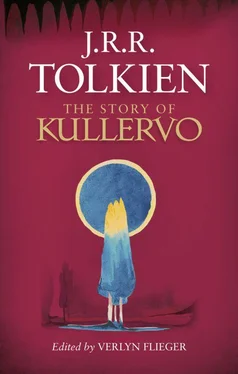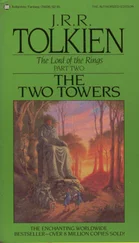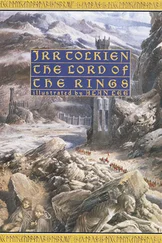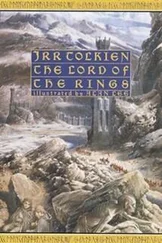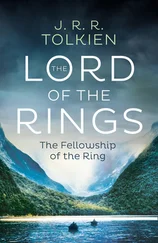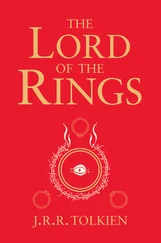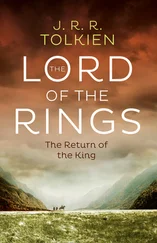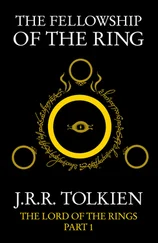Who asking him his lineage he reveals
she reveals his origin and how he has slain
both father and mother and despoiled his sister
Lament of Honto 34/240
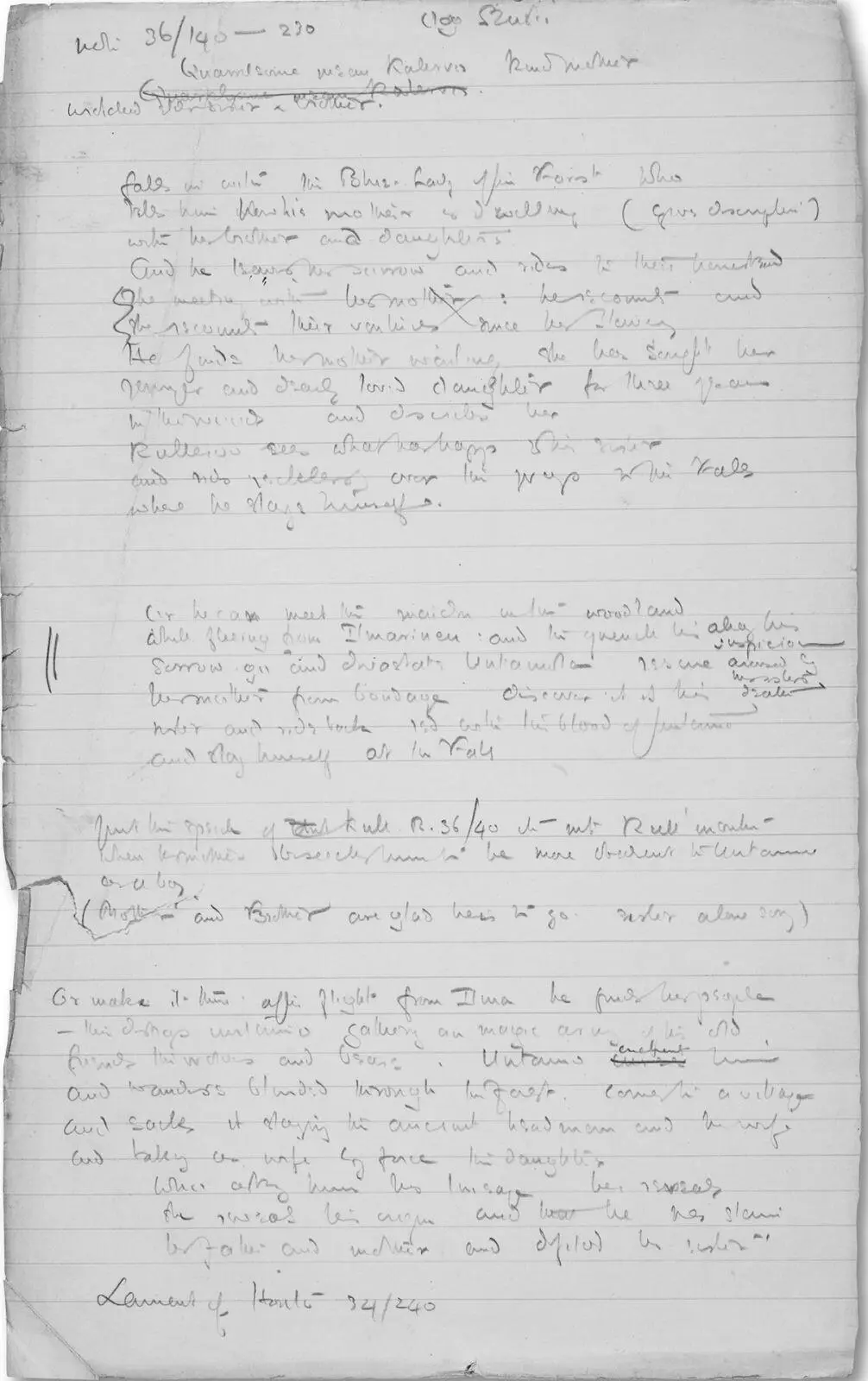
5. Further rough plot synopses [MS Tolkien B 64/6 folio 21 verso].
5 The Story of Honto Taltewenlen. An alternate title or sub-title written in the upper left corner of the first folio: Honto is one of Tolkien’s several by-names for Kullervo (see below); Talte is his by-name for Kalervo (see below); wenlen , a patronymic suffix equivalent to poika , is apparently a Tolkien invention based on the Finnish model. Taltewenlen would thus be ‘Son of Talte (Kalervo)’.
(Kalervonpoika). Poika is a Finnish patronymic suffix, thus the full name means ‘Kalervo’s Son’, or ‘Son of Kalervo’.
when magic was yet new. This phrase, cancelled in the manuscript, is here retained in brackets, since magic (also called sorcery) is practised throughout the story by Untamo, who is described as ‘a fell sorcerer and man of power’, by the dog Musti (himself a possessor of magic abilities), and by Kullervo, who can shape-change animals. Kalevala has numerous references to magic, probably remnants of primitive shamanism and shamanic practices usually performed through singing. One of the ‘big three’ heroes of Kalevala , Väinämöinen, has been interpreted as a shaman. He has the epithet ‘eternal singer’, and defeats a rival magician in a singing contest by singing him into a bog. In Tolkien’s story both Untamo and Kullervo ‘weave’ magic with their fingers. Kullervo also uses music — singing and playing a magic cow-bone pipe.
Sutse. A name of Tolkien’s invention intended to replace earlier ‘Suomi’ (the Finnish name for Finland) in the text. Other replacement names, all written in the left margin of this opening paragraph, include ‘Telea’ for earlier Karelja, ‘the Great Land/Kemenūme’ for earlier Russia, and ‘Talte’ ( see above ) for earlier Kalervo. Asterisks beside both textual and marginal names coordinate the emendations. With the exception of ‘Talte’, the replacement names become standard, and are more or less consistently used throughout the remainder of the text. These changes offer the clearest evidence of Tolkien’s developing tendency to go from merely following the Kalevala nomenclature to using names of his own invention. {4}
Kemenūme (The Great Land). Replaces Russia in the text. May be based on Kemi , a river in northern Finland on which stands the town of the same name. But see footnote to entry for ‘Sutse’.
Telea. Replaces earlier Karelja. Karelja is a large area on both sides of the Russo-Finnish border, and is the region where most of the narrative runos (songs) compiled by Lönnrot were collected.
Kalervo. Father of Kullervo. His name is probably a variant of Kaleva, a Finnish culture-hero and patronymic ancestor whose name survives in Kalevala (with locative suffix — la , ‘place or habitation’ thus Land of Kaleva or Land of Heroes), and in that of his descendant Kalervo. Kalervo is also called by Tolkien Talte, Taltelouhi, Kampa , and Kalervoinen , the last formed with the Finnish diminutive suffix inen . In Finnish, a name can occur in several different forms, depending on the use of diminutives. Cp. Untamoinen below.
Untamo. Brother of Kalervo, uncle of Kullervo. He is possessed of magic powers, and is also a sadist and a would-be murderer. Also called Untamoinen, Unti, Ūlto, Ulko, Ulkho .
borne in years past both a son and a daughter and was even now again nigh to childbirth. The elder brother and sister of Kullervo appear in Kalevala but only enter the story after Kullervo leaves the smith’s household. This ignores the fact that Untamo has already destroyed everyone but Kalervo’s wife, who is pregnant and delivers Kullervo in captivity. The compiler of Kalevala , Elias Lönnrot, apparently combined two separate stories in order to include Kullervo’s incest and death. Tolkien repairs the disjuncture by introducing the older brother and sister at the beginning of the story.
6 black hound Musti. Tolkien first called the dog Musti, a conventional Finnish dog name based on musta , ‘black’, translating as something like ‘Blackie’. Halfway through the draft, he changed the name to Mauri — possibly formed on Finnish Muuri ∕ Muurikki , ‘Black one’ or ‘Blackie’, (used of a cow) — then reverted to Musti. I have retained both, with Mauri where it first appears followed by Musti in square brackets.
7 cruel and worthless carles. Carl : a churl, a rustic, a peasant. Compare Anglo-Saxon ceorl. Tolkien’s text mixes Anglo-Saxon archaism with Finnish and pseudo-Finnish names.
foully entreated his folk and lands. The word ‘entreat’, which conventionally has the meaning of ‘supplicate’ or ‘plead with’, seems startlingly inapposite in this context. It is not a mistake, however, but Tolkien’s deliberate usage of the word in its archaic meaning, as cited in the Oxford English Dictionary , of ‘treated’ or ‘dealt with’. The OED gives an example from 1430: ‘So betyn (beaten), so woundyd, Entretyd so fuly [foully].’
gloomy halls of Untola. The locative or habitative suffix la identifies this as the home of Unto (Untamo).
Kalervo’s babes. In Kalevala Kullervo discovers late in the story, after escaping the smith, that he has a sister, but the twinning of the siblings in the present narrative is the invention of Tolkien and not in the original.
Kullervo. Tolkien translates the name as ‘wrath’, a meaning unattested in Kalevala , where it is said to be of disputed origin. It appears to be formed off the patronymic Kalervo. Tolkien described his hero as ‘hapless Kullervo’, and identified him as ‘the germ of my attempt to write legends of my own’ ( Letters , p. 345). Kullervo is the earliest of Tolkien’s displaced, heroes, orphans and exiles, a succession that will include Túrin (modelled directly on Kullervo), Beren, and Frodo. Tolkien gives his Kullervo a variety of by-names or epithets: Kuli (an obvious short form of Kullervo), Sake, Sākehonto, Honto, Sāri, Sārihontō . Such multiple naming is typical of Kalevala , where for example the hero, Lemminkainen, has the nicknames Ahti (‘King of the Waves’), Ahti-Saarelainen (‘Island-Ahti’ or ‘Man of the Island’), Kaukomieli (‘[Handsome] man with a far-roving mind’), Kaukolainen (‘Man of Faraway Farm’).
Wanōna, or ‘weeping’. Compare Túrin Turambar’s surviving sister, Nienor/Níniel, whose names mean respectively ‘mourning’ and ‘tear-maiden’. Wanōna is a name of Tolkien’s own devising, as in Kalevala the sister is not named. One early occurrence in the manuscript calls her Welinōre, but this is immediately cancelled and replaced with Wanōna, and the ‘W’ is also crossed out and ‘U’ written in above it (Folio 3). The name occurs once as Wanilie (Folio 4). One instance late in the manuscript changes Wanōna to Wanōra (Folio 7), with the ‘W’ overwritten with ‘O’, thus Oanōra. Oanōra (for Wanōna) appears again on the verso of Folio 11 in the sentence ‘And as yet was his heart bitter against his own folk too save Oanōra only.’ The sister is not cited by name in the succeeding portions of the text.
Читать дальше
